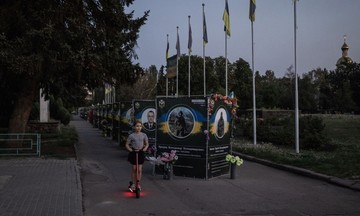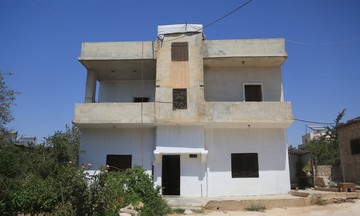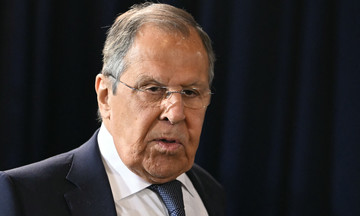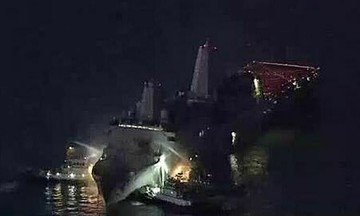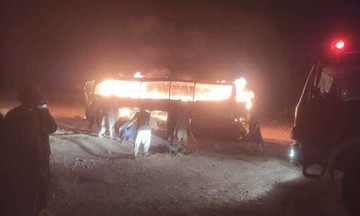The US Air Force’s 104th Fighter Wing is investigating an incident where an ejection seat unexpectedly activated in an F-15D fighter jet at Barnes Air National Guard Base in Massachusetts on 14/8. The incident resulted in the rear-seat occupant being ejected from the aircraft and landing on the runway.
A video of the incident shows smoke billowing from the rear cockpit of the F-15D, the canopy lying on the left wing, and the ejected crew member getting up from the runway.
The cause of the incident is still under investigation. The 104th Fighter Wing released a statement saying, "Information will be released upon completion of the investigation. Leadership directed a safety stand-down, which has since been lifted after 36 hours, and flying operations have resumed".
Accidental ejection seat activations are rare but have happened before in the US and other countries. Such incidents are often attributed to passenger unfamiliarity with the equipment during incentive flights, or to safety breaches during pre-flight procedures.
A similar incident occurred on 20/3/2019, involving a French Air Force Rafale B fighter jet at Saint-Dizier Air Base in northwestern France.
The passenger in the Rafale B’s rear seat was a 64-year-old retiring executive of a defense company. His colleagues had arranged the flight as a surprise farewell gift, resulting in a lack of proper preparation and only a brief medical checkup 4 hours prior.
The doctor had cleared the passenger for maneuvers up to 3G, but a computer error prevented this information from reaching the pilot and ground crew.
Investigators noted the passenger's heart rate was elevated, between 136 and 142 beats per minute, indicating he was not psychologically prepared for the flight.
The French Ministry of Defense’s investigation report stated, "However, pressure from within the company, including the presence of many employees and colleagues, made it impossible for the retiring executive to refuse the flight".
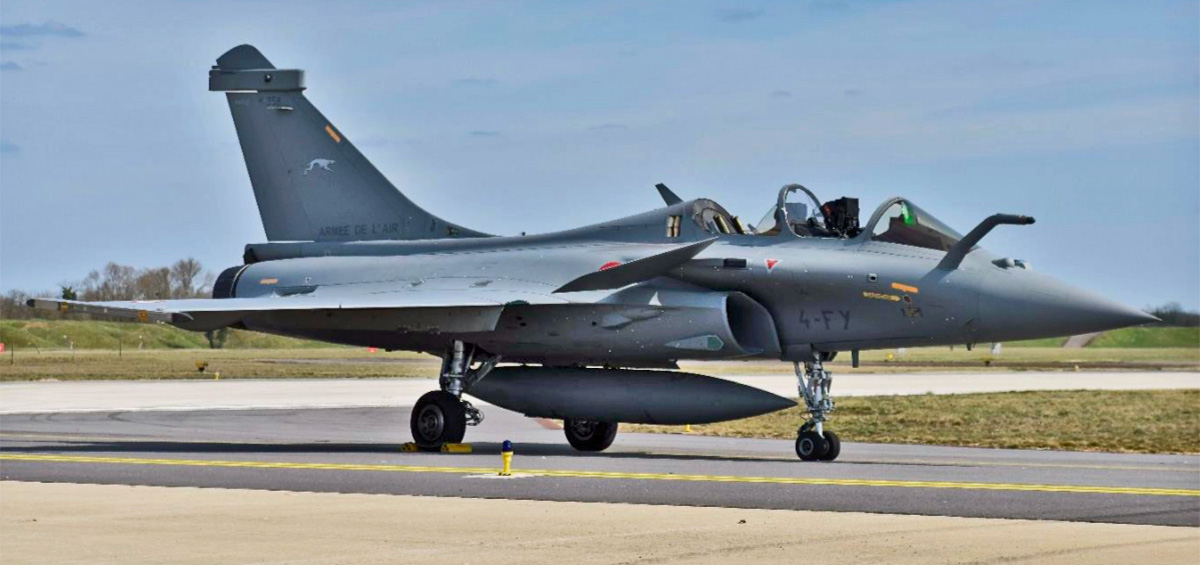 |
The Rafale B involved in the March 2019 unintentional ejection seat incident. Photo: BEA-E |
The investigation revealed several pre-flight safety oversights. The pressure suit was improperly fitted, the helmet and oxygen mask were loose, and the harness was not secured tightly. The ground crew had mistakenly assumed the passenger was familiar with safety procedures and had self-checked.
After takeoff, the pilot executed a steep climb, generating nearly 4G of force, exceeding the doctor's recommendation. Noticing the passenger’s distress, the pilot leveled off, creating -0.6G. This, combined with the loose harness, lifted the passenger from his seat toward the canopy. In a desperate attempt to brace himself, he accidentally grabbed and pulled the ejection handle.
The ejection seat launched him from the aircraft at 500 km/h at an altitude of 760 m. His unstrapped helmet was blown off, but he was otherwise unharmed, landing safely and taken to the hospital for observation.
Investigators also found two technical faults in the Rafale B’s ejection system. Ironically, one of these faults prevented the pilot's ejection seat from activating, allowing him to land the $76 million aircraft safely.
The French Air Force estimated the cost of the incident between $109,000 and $219,000, including replacing the ejection seat and canopy, along with repairs and inspections.
 |
The canopy of the T-6A Texan II after the May 2024 ejection seat incident. Photo: USAF |
Even experienced pilots can be involved in these incidents. In May 2024, pilot John Robertson was fatally injured when the ejection seat in his T-6A Texan II trainer activated on the ground at Sheppard Air Force Base in Texas.
According to the US Air Force’s investigation, the accident occurred because Robertson had not properly secured the rear seat’s safety pin after landing. While taxiing, he began disconnecting his harness, including the parachute pack.
His chest strap became entangled with the ejection handle. With the safety pin disengaged, the ejection sequence initiated.
Robertson was ejected 30 m into the air. Without a deployed parachute, he sustained fatal injuries and died in the hospital the next day. The student pilot in the front seat was unharmed and safely stopped the aircraft.
The report highlighted Robertson's experience and positive reputation, including being awarded the 2023 Instructor Pilot of the Year. However, a series of procedural errors and incomplete operational documentation contributed to the tragic outcome.
Nguyen Tien (From Aviationist, AFP, AP)






